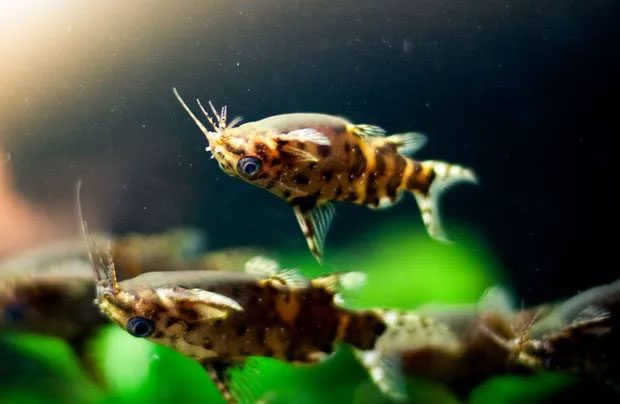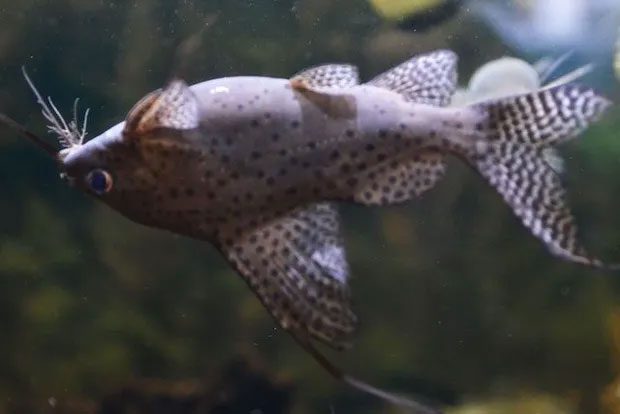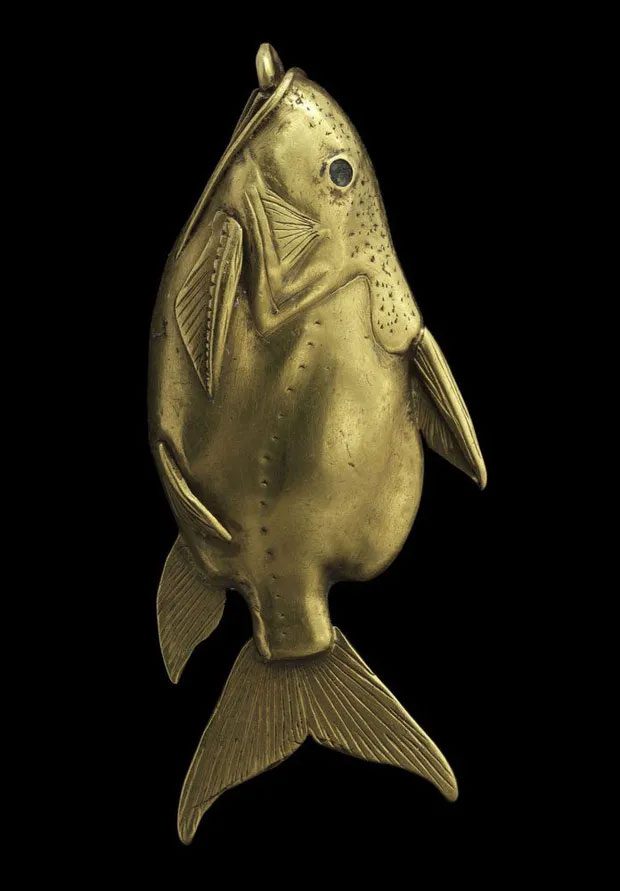The phrase “Upside-down Fish” is originally a joke referring to a fish that is dying and about to swim to the afterlife.
Scientifically speaking, when fish die, they lose the ability to maintain their balance, causing their bodies to flip over. Therefore, if you see a fish swimming sideways or with its belly facing up, it is a definite sign of injury or death.
However, swimming upside down is a characteristic behavior of a species of catfish belonging to the genus Synodontis that originates from the Congo River basin.


Upside-down Catfish in the Amazon River.
Scientists explain the upside-down swimming behavior of this species by noting that the Amazon River is naturally low in oxygen—a phenomenon that occurs in some river systems, especially in areas with low light and dense vegetation.
One hypothesis suggests that the fish swim upside down to hunt more effectively. This species often grazes on the underside of branches and submerged logs, and swimming upside down makes these areas more accessible.
Upside-down catfish spend most of their lives swimming in this position. This lifestyle is so effective that even though they can swim normally like other fish, they rarely flip back over. Consequently, their physical characteristics have also adapted. Specifically, while fish that swim upright typically have dark-colored backs that fade to lighter bellies for camouflage against predators from above, upside-down catfish have the opposite coloration. Their bellies are dark, and as you move towards their backs, the color gradually lightens.

An ancient Egyptian amulet against drowning.
Hunting for prey, such as aquatic insect larvae, is also easier when attacking from this upside-down position. Swimming upside down allows the fish to easily “breathe” the thin layer of oxygen-rich water available at the surface.
Although this species has only been studied by scientists for about the last 20 years, its intriguing habits and characteristics have drawn the attention of humans for many centuries.
Upside-down catfish have been carved into the walls of Egyptian tombs dating back 4,000 years. Upside-down catfish pendants were a popular amulet in ancient Egypt, as they were believed to prevent drowning.
Today, upside-down catfish can be found in any freshwater body or aquarium shop. Many aquarium enthusiasts prefer this species over traditional algae eaters. Another advantage of upside-down catfish is that even if they escape into the wild, they are less likely to cause ecological disasters compared to some other invasive species.


















































